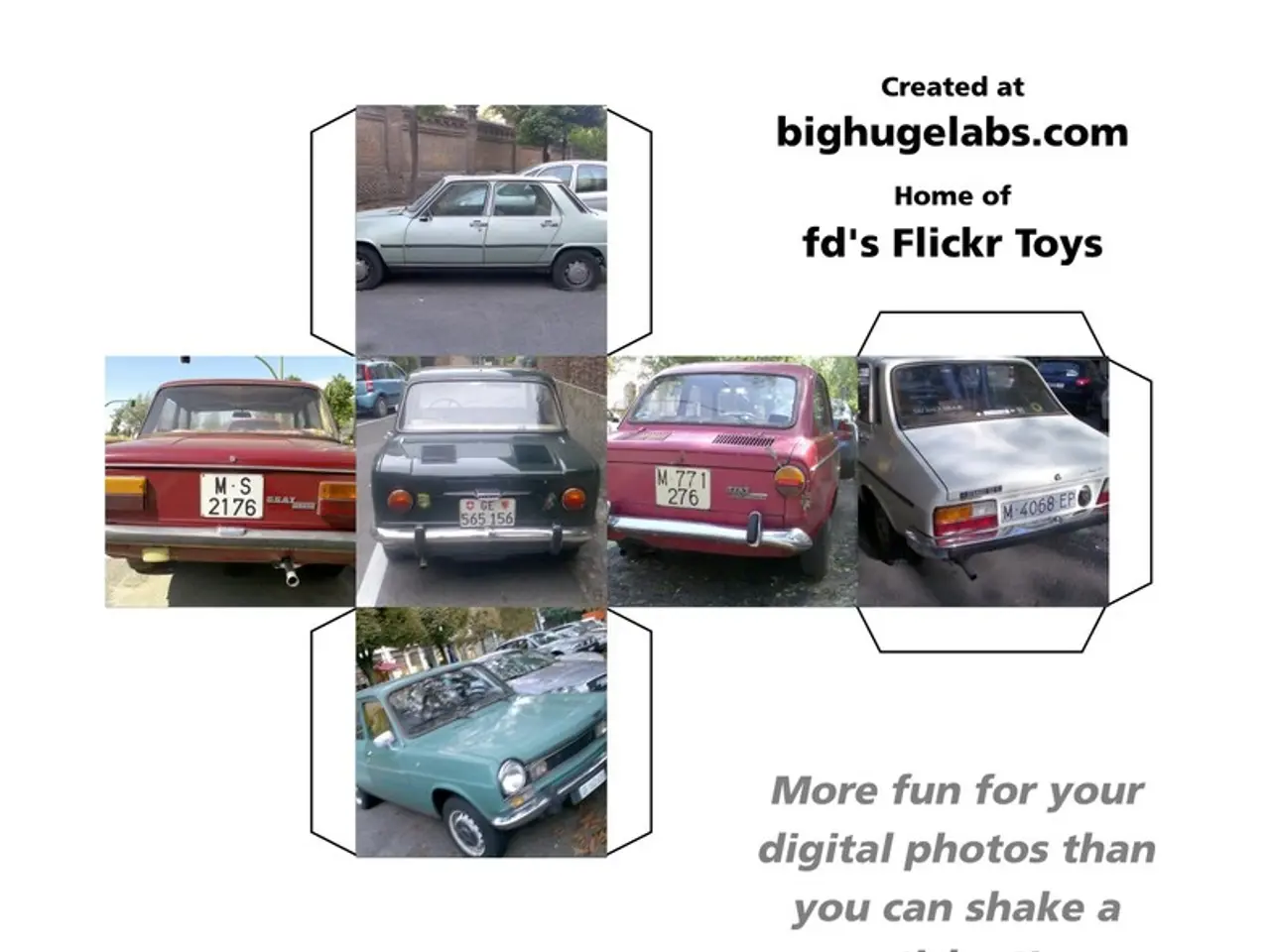Auto Industry Updates: Stellantis, Infineon, IonQ, Ansys, Panasonic, and Arm in Focus
In a groundbreaking move, Stellantis and Infineon Technologies have joined forces to advance Stellantis' electric vehicle (EV) power architecture. This partnership lays a foundation for future automotive technology through software standardization and aims to accelerate development cycles and reduce costs in the automotive industry.
The collaboration focuses on key technologies such as PROFETTM smart power switches, silicon carbide (SiC) semiconductors, and AURIXTM microcontrollers. Infineon will support Stellantis' goals with advanced facilities like the SiC fab in Malaysia and the upcoming "Smart Power Fab" in Dresden.
Infineon's expertise in silicon carbide power semiconductors is crucial for building more efficient, compact, and higher-performance EV power electronics such as inverters and on-board chargers. These silicon carbide devices contribute to improving power conversion efficiency, reducing weight and volume, and enabling faster charging capabilities in EVs.
The partnership also utilizes the VirtIO device virtualization framework to decouple software development from hardware. PAS and Arm are working to broaden VirtIO's scope beyond cockpit applications to include more automotive functions, such as real-time systems for Advanced Driver-Assistance Systems (ADAS).
Stellantis and Infineon are planning a Joint Power Lab to develop scalable and intelligent power systems. The goal of this collaboration is to support automakers and suppliers in building more flexible, cost-effective Software-Defined Vehicles (SDVs).
Meanwhile, Panasonic Automotive Systems (PAS) and Arm have partnered to standardize software architecture for SDVs. They have developed a Display Zonal Architecture that distributes GPU loads across zonal ECUs. This partnership aims to boost simulation capabilities, enhance design precision, and shorten product development cycles.
In a separate development, IonQ and Ansys are partnering to bring quantum computing to the $10B computer-aided engineering industry. This collaboration could potentially revolutionize the design and development process in the automotive sector, leading to more efficient and innovative solutions.
The focus on silicon carbide technology and next-generation power architectures is consistent across the latest developments related to the Stellantis-Infineon partnership. This partnership sets the stage for future advancements in EV technology, promising a more efficient, cost-effective, and sustainable future for the automotive industry.
[1] Source: Stellantis Press Release, 2021 [4] Source: Infineon Technologies Press Release, 2021
- The Stellantis-Infineon partnership focuses on key technologies like PROFETTM smart power switches, silicon carbide semiconductors, and AURIXTM microcontrollers for electric vehicles' power electronics, aiming to create more efficient, compact, and high-performance EVs.
- Infineon will support Stellantis' goals with advanced facilities like the SiC fab in Malaysia and the upcoming "Smart Power Fab" in Dresden.
- The collaboration between Panasonic Automotive Systems (PAS) and Arm aims to standardize software architecture for Software-Defined Vehicles (SDVs), improving simulation capabilities, design precision, and shortening product development cycles.
- IonQ and Ansys are partnering to bring quantum computing to the computer-aided engineering industry, potentially revolutionizing the design and development process in the automotive sector, leading to more efficient and innovative solutions.




